Diamond Concrete Cutting Blades and All You Need To Know
Diamond concrete cutting blades are made up of industrial-grade diamond cutting edges. This makes them incredibly tough and able to cut through concrete or masonry and other hard materials. This article will explain all you need to know about diamond blades. We’ll also see why and how you can use them in various construction projects.
What is a Diamond Blade?
A diamond blade is a saw blade that is specifically designed to cut through hard materials, with synthetic diamonds embedded in its cutting edge. Diamond concrete saw blades, for example, can cut into the hardest of concrete and masonry materials. Although designs may vary, a typical diamond blade is composed of these parts:
The Core: The core is typically made from heat hardened-steel. It helps to support the blade, while also allowing it to flex during use.
Diamond Segments: These are pieces of diamond embedded along the edge of the blade that do all of the cutting. Also called the blade’s teeth.
Gullets: The hollowed spaces between the diamond segments and that help to evacuate dust and debris while cutting. They also help with cooling the blade when cutting.
How Diamond Blades are Made
Synthetic (produced in controlled conditions) diamonds are the cutting edge of a diamond blade. The diamonds are held in place by a matrix of metals and alloys, which help them to stay in place when the blade is being used.
The diamond cutting edge is then attached to the blade core and segments. Different methods are used to join to segment to the core, such as brazing and sintering or laser welding.
Vacuum Brazing: a brazing filler material is melted and used to attach the diamond segments or edge to the core.
Sintering: metal powders are subjected to a high-temperature, high-pressure process that bonds the segment and core together.
Laser Welding: Involves using a laser beam to fuse the segment and core together. This method is the most common, producing the strongest blades.
Diamond Blade Uses
Diamond blades have several advantages. They can withstand higher temperatures and are more wear-resistant, which means you can cut through tougher materials like concrete, stone, and asphalt with ease.
They also produce better and deeper cuts, making them the go-to choice for many professionals. Diamond blades are often used for construction projects like roadways, driveways, patios, pool decks, walkways and more.
For these reasons, diamond blade uses include the construction industry where they are put in concrete cutting saws. Diamond cutting saw blades are versatile tools that fit both light and heavy-duty cutting; more about them below.
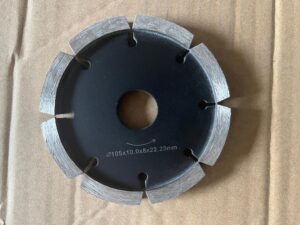


Diamond Concrete Cutting Blades
These are simply diamond blades for cutting concrete and masonry, although you can still use them other materials as well. In order to cater to the different project needs, diamond concrete cutting blades are available in these main styles: Turbo, segmented, and continuous rim.
Turbo Diamond Cutting Blades
These diamond concrete saw blades are designed with a turbo-like pattern along the edge of the blade, which helps to reduce friction and heat build-up while cutting. The turbo design also makes them excellent for quickly but smoothly cutting through concrete.
The blade pattern of these concrete cutters is arranged in a way that removes dust and debris quickly, which helps maintain the life of the blade. They are also versatile, as they can be used wet or dry depending on the job and as both a green concrete and cured concrete saw blade.
Segmented Diamond Cutting Blades
A diamond segmented cutting is made with partitions along the edge. These help reduce friction and heat build-up while cutting. With this design, these concrete blades make fast, aggressive cuts.
Unlike turbo blades, the segmented pattern also allows the blade to cut more deeply into the material. This makes them better suited for cutting thicker concrete and masonry materials.
However, they do not cut smoothly and may not suit situations where chipping is to be avoided. Overall, they are the fastest types of diamond concrete blades. You can use them dry or wet.
Continuous Rim Diamond Cutting Blades
Continuous rim cutting blades are designed with a continuous rim along the edge, with no gullets of segments. This design provides a smooth finish when cutting but at the expense of cooling efficiency, which makes the blades only suitable for wet concrete cutting.
When using the continuous blade for concrete cutting, it is important to use a good and consistent water supply to avoid overheating. For shorter or intermitted cutting, you may dry cut but allow the blade to cool down in between cuts.
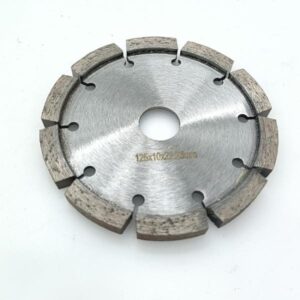


Will Diamond Concrete Blade Cut Steel?
It will! Diamond is an incredibly hard material and is able to cut through a wide range of materials, including steel. However, using your diamond concrete blade for cutting steel requires caution.
Using the wrong blade or unsafe operation can damage the blades and even cause injury to yourself or others around you. It would also significantly reduce the life span of the blade.
In order to cut steel safely, use a metal cutting diamond blade that has specifically been designed for this purpose and follow the safety instructions provided in the manual. Doing so will ensure that your blade lasts longer while giving you safer and better cuts.
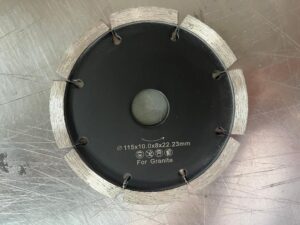


How Long Will a Diamond Blade Last Cutting Concrete?
The lifespan of a diamond concrete cutting blades depends on the material it is cutting, the cutting speed, and the frequency of use. If you are using the blades wet, they can last much longer as they do not overheat quickly. A lot also depends on the quality of the diamond used in the blade, their sizes, and the blade’s design or size.
To prolong their lifespan, make sure to use the appropriate blade for your project. While at it, observe these usage tips as well:
Do not force your concrete cutting blade into the material you’re cutting. Instead, use enough pressure to keep the blade in contact with the surface while letting it do its job.
When using a dry concrete cutter blade, pause for half a minute now and then to let the blade cool down.
If you have the problem of the diamond blade not cutting concrete as it should, the issue may be that you are cutting a hard material that’s not exposing enough of the diamonds. In such cases, you may need to use the blade on a soft material to reveal new diamonds.
Avoid using a wet blade for dry cutting. However, you may use a dry blade for wet cutting.
Finally, check with the manufacturer for their specific instructions on how to use and maintain your diamond concrete blades.
Conclusion
Diamond blades make the best tools for cutting concrete. By choosing the right blade design, you can cut fast or smooth, and wet or dry. Diamond concrete cutting blades offer the advantages of versatility, cutting speed, and a longer lifespan. Just make sure to use them by the manufacturer’s instructions and you will have great results.

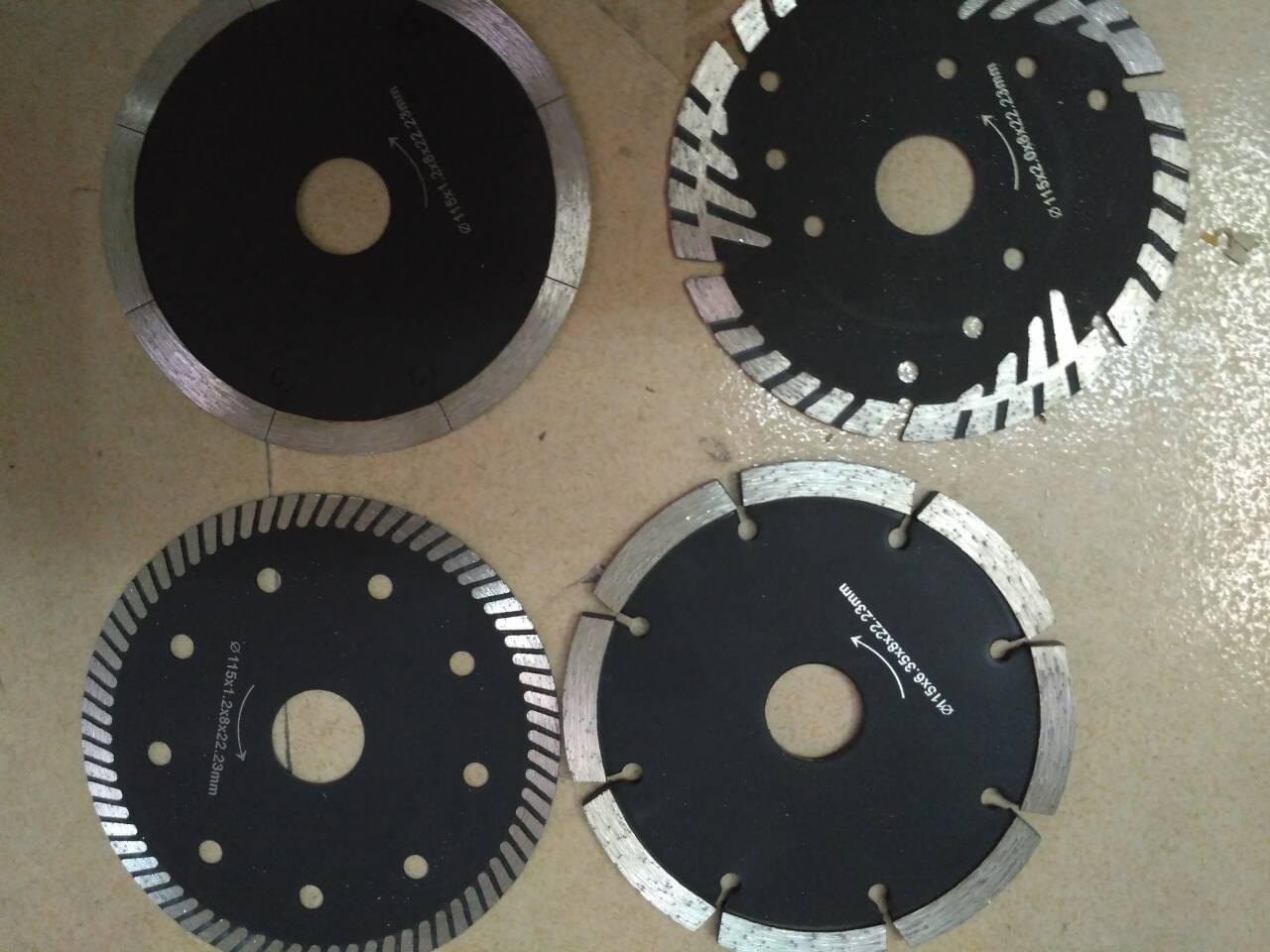
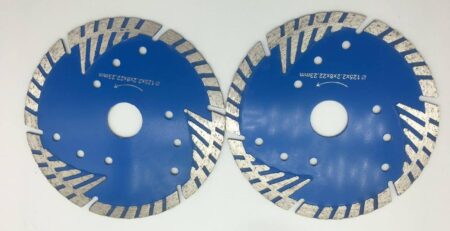
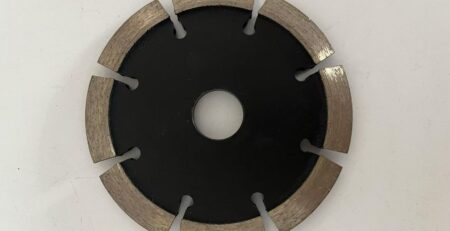
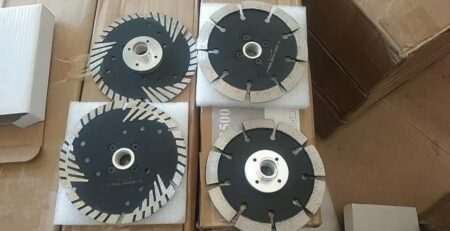
Leave a Reply